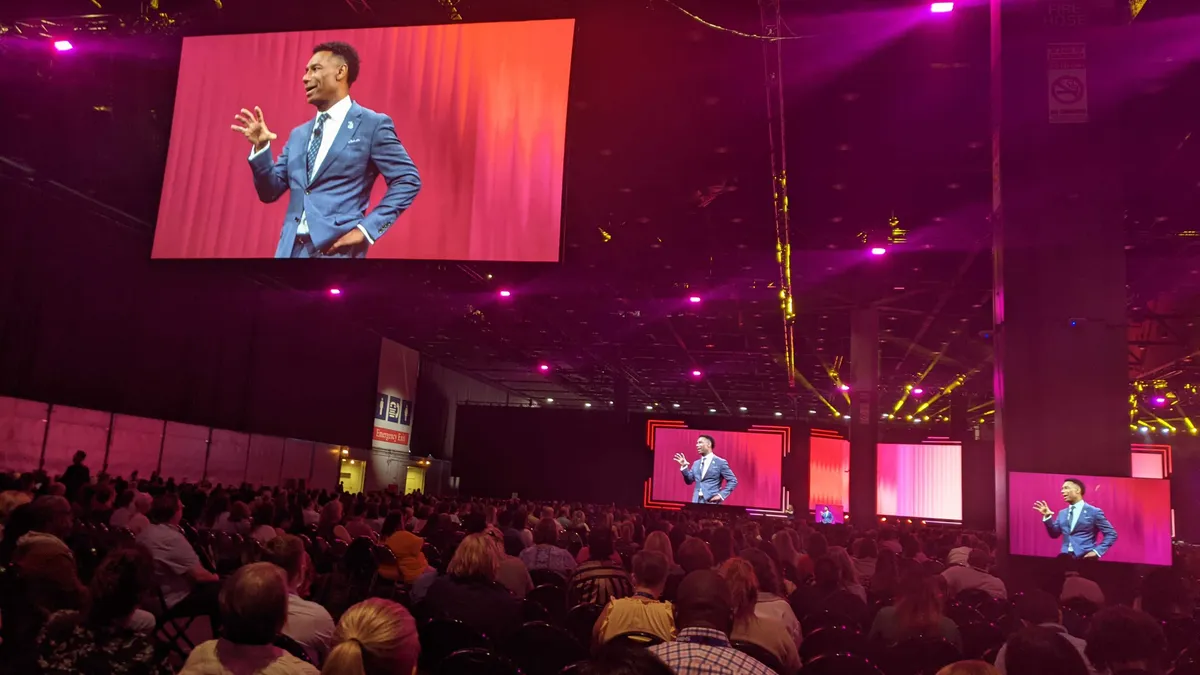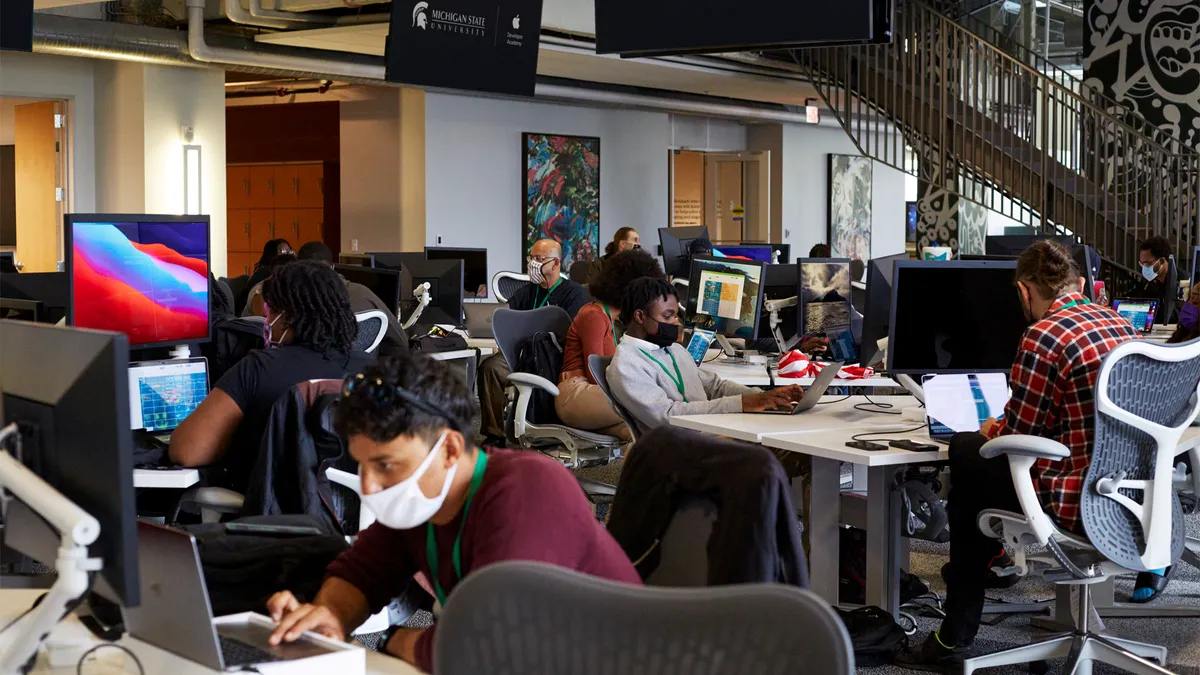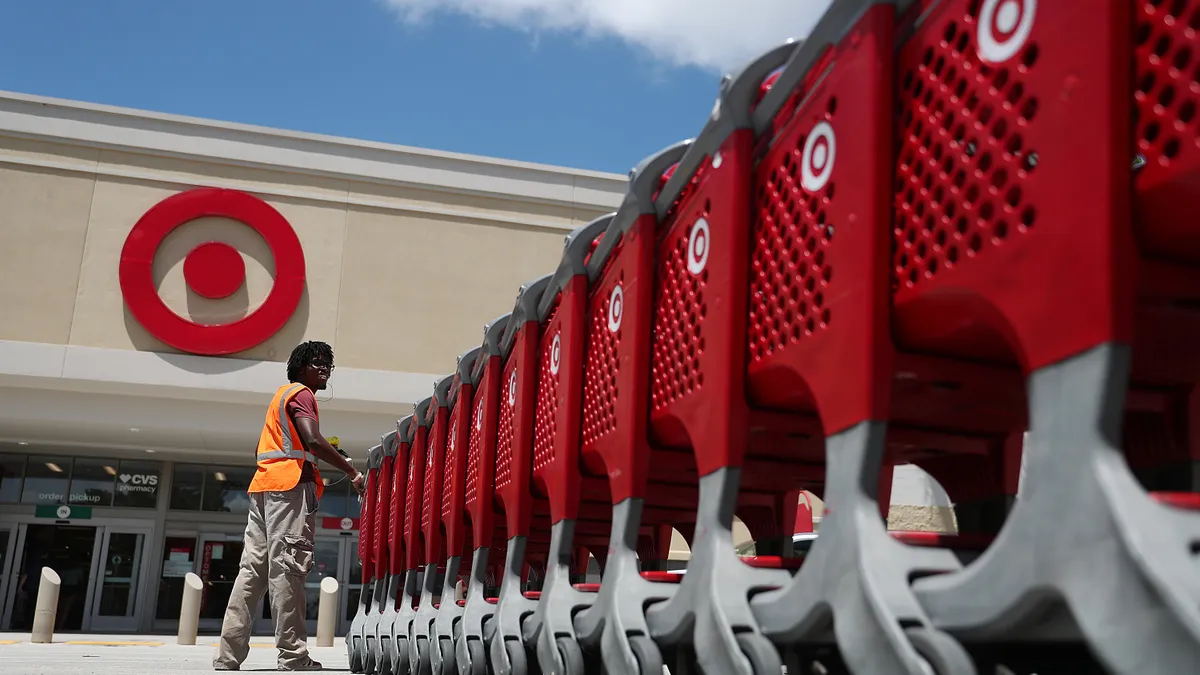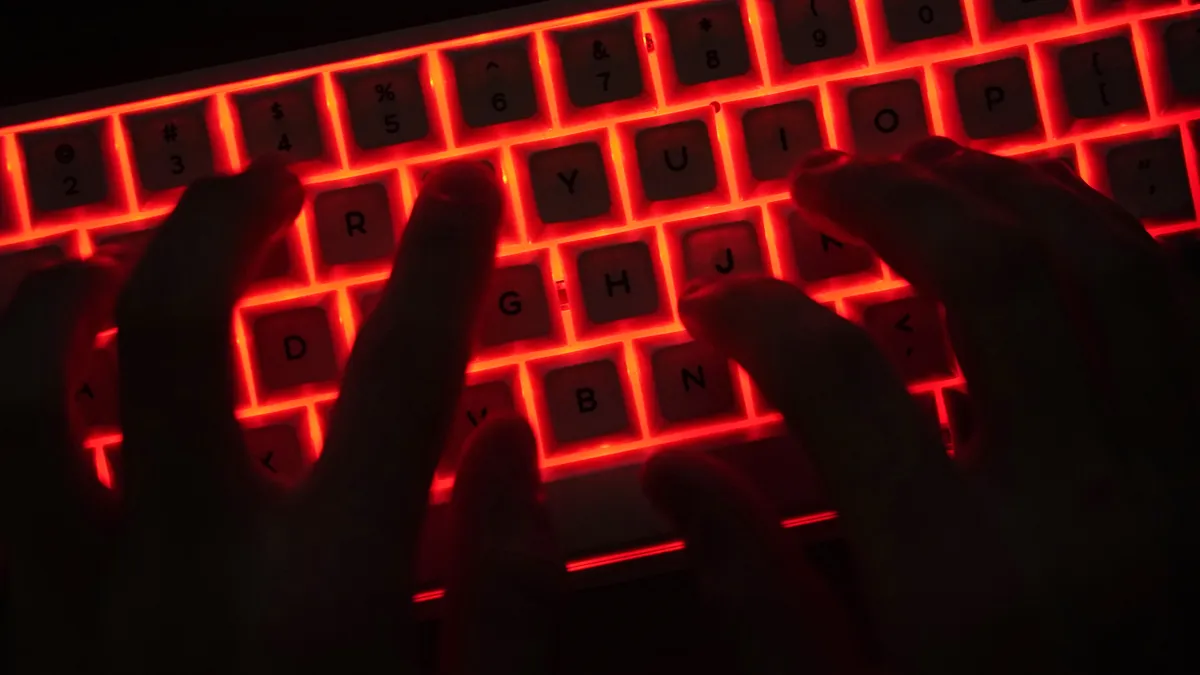HR often sorts out relationship dynamics between co-workers, but what about external harassment?
Business leaders should know that they can be legally liable for harassment and discrimination born from clients, vendors and customers.
For example, the U.S. Equal Employment Opportunity Commission ordered SmartTalent, LLC, to pay $875,000 to eligible claimants after the Washington-based staffing agency was found to have complied with client requests for male workers only.
Potentially trying to get ahead of a lawsuit, Buffalo Wild Wings issued an apology and fired two servers who complied with a racist customer’s request to re-seat Black patrons further away. A court also upheld a ruling in favor of a Costco employee who filed a hostile workplace claim, following more than a year of stalking, videotaping and unwanted touching by a customer.
Customer hostility is at an all-time high, per a 2022 report from Axonify, with lack of preparedness being a key issue voiced.
“It's definitely an issue,” said Elissa Rossi, vice president of compliance for harassment training company Traliant.
According to the firm’s 2025 State of Workplace Harassment Report, most employees report experiencing harassment from supervisors and co-workers, with 14% of employees reporting having experienced harassment from a client, customer or other nonworker.
Rossi explained how addressing this genre of workplace problem can be tricky.
“There’s sort of straightforward harassment on the basis of a protected characteristic, like sexual harassment or other types of harassment,” Rossi said.
And then, she added, there’s “inappropriate boundary violations,” particularly in retail or other customer-facing roles, that might not be unlawful in the U.S. because it isn’t related to a protected characteristic.
Regardless of whether it’s a Civil Rights Act violation, Rossi said, it’s an issue both for employee mental health and for how businesses operate.
Workplace experts offered advice to address all kinds of customer-facing harassment and threats of violence before employers get to the point of litigation and emotional harm.
Harassment level: Annoying
Companies will vary in where they want to draw the line on annoying behavior, Rossi said. More companies are using either internal HR staff or external partners “to come up with thresholds or levels [to] say, ‘This is an issue not only for our employee but also for other customers in the store [and] other employees in the store.’”
As far as best practices go, Rossi said how different employers handle this level of issue is going to “run the gamut.”
Harassment level: Disruptive
At some point, Rossi said, employees face a situation that can become much more extreme. And while employer best practices vary, Rossi did note a change in the workplace cultural climate as it pertains to retail and fast food.
“Maybe a decade ago or two decades ago, it would be either: Normal operations or call the police,” Rossi said. In recent years, however, some workplace policies are moving away from jumping to law enforcement.
Especially since increased attention paid to incidents of racially motivated police brutality, such as the 2020 killing of George Floyd, many inclusion experts have noted that calling the police on customers can be damaging and unnecessary.
A Philadelphia Starbucks barista’s decision to call the police in 2018 on two Black people sitting in the café prompted protests. That same year, a video of Alabama police using excessive force on a woman at Waffle House went viral. Similar instances of racial profiling occurred at an LA Fitness location in New Jersey and a CVS store in Chicago.
At the time, Janice Gassam Asare, a workshop facilitator and a workplace equity advocate, pointed out in one of her contributions to Forbes that employees in customer-facing environments have often “allowed their personal biases and prejudice to affect their actions.”
Asare invited employers to ask themselves a series of questions before calling the police, including whether the offending person has broken the law and whether an organizational procedure was violated.
Rossi recommends training employees in de-escalation tactics, which can be a good middle ground between “normal operations” and calling the police.
“Even if the person is definitely intentionally acting inappropriately, de-escalation can be a useful skill for an employee to have in their head — ready to use,” Rossi said. “Whatever happens with the customer in terms of sanction or penalty is something to be dealt with later.”
Harassment level: Discriminatory
Education was a continued motif in HR Dive’s conversations with workplace violence experts.
From her perspective working with business leaders on harassment, Rossi noted that employers are making an extra effort in terms of policies, training and helping workers understand their harassment protections.
Touching base with employees about what to do is critical, Traliant’s 2025 data shows. Most workers value the opportunity to report issues anonymously: Only 51% said they would report harassment if using their name was necessary. Similarly, 49% said they would not speak up about any harassment if anonymous reporting channels did not exist, “due to fears of retaliation, worries of reputational harm, or lack of awareness on internal processes.”
Experts like Rossi are asking HR to consider the intergenerational differences that the #MeToo movement has underscored. Workplace power imbalances related to age have risen to the fore especially within certain industries, like fast food.
While a lot of older women may have brushed off sexism by saying, “‘Well, I dealt with a lot of this stuff, and I didn't make a big deal of it,’” Rossi said, “that could be totally true, but that might also not be the best answer at the moment for people coming into the workforce, right?”
Overall, Rossi said that many business leaders see employees making noise about the harassment they face as a good thing.
“They now see employees raising issues as something that is ultimately beneficial for the employer. It’s a way for an employer to get a sense of what’s happening in all these hundreds of stores or hundreds of fast food outlets,” Rossi said.
Harassment level: Emotionally damaging, possibly threatening
Sometimes, the threats move from annoying to harmful.. “It’s not only firearms or guns. It’s physical disruption — things like that,” said Tim Williams, security expert and vice chairman of risk management company Pinkerton.
Every company will have different protocols, but HR should be alerted if an employee has filed for or obtained a protective order, Williams said.
“I can’t tell you how many countless times I’ve been involved with trying to manage issues such as different forms of spousal abuse — male or female [partners] — coming back into the workplace,” Williams told HR Dive. “That’s just one small sliver of all the issues that a good program would be able to address comprehensively.”
Similar to how Rossi emphasized the importance of training, Williams underscored the importance of solid workplace policy. Smaller firms do not have a security function to take the lead, and that work often falls to HR, he said.
“All the protocols for the various types of scenarios that could occur not only have to be built out in policy for clarity,” Williams said, “but also just to make sure that [employees are] trained and given periodic tabletop exercises.” Such exercises — discussion-based simulations that help organizations prepare for crises — are crucial “so that the teams at the facility level know how to work together,” Williams said.
He also recommended that HR know “comprehensively how to work with the crisis management team at the corporate level,” when it comes to greater threats.
Harassment level: Physically dangerous for all
On a more day-to-day level, especially in retail, Williams discussed various employee approaches to violent customers.
“If the individual makes a threat against [employees] or the store, what’s the protocol for calling the police, at what point in time?” Williams asked. Is there security on site that employees can engage prior to the calling the police, who may eventually be called as a secondary step?
Even when a threat is severe, Williams said that de-escalation can be a useful tool for workers to have — not only adding to their feelings of security and wellness in the workplace but also giving them “the tools by which they can again handle these type[s] of situations as they arise,” he said.
De-escalation could possibly be a lifesaving tool, if the events at the heart of Medina v. Citiguard, Inc. are any indication. Private security companies Citiguard and Metroguard USA faced lawsuits following a security guard’s shooting of an unruly customer at a Los Angeles Home Depot — where guards allegedly ended up joining a mob, blocking a customer’s path and ultimately shooting the customer instead of following de-escalation protocol.










![Salesforce AI's CEO sits onstage across from Cristina Criddle. Screens that say Human[X] hang behind them.](https://imgproxy.divecdn.com/J71WpXWHjr8jmbCw_PX7Cp2YH7Pmo8dP66Pz0SEPfw4/g:nowe:0:104/c:1024:578/rs:fill:1200:675:1/Z3M6Ly9kaXZlc2l0ZS1zdG9yYWdlL2RpdmVpbWFnZS9HZXR0eUltYWdlcy0yMjA0NjUxNDM0LmpwZw==.webp)









![Salesforce AI's CEO sits onstage across from Cristina Criddle. Screens that say Human[X] hang behind them.](https://imgproxy.divecdn.com/4XVfO8mNsslv7_axsVip9IU74iKpLWgiY3616VXH4ow/g:nowe:0:104/c:1024:578/rs:fill:600:338:1/Z3M6Ly9kaXZlc2l0ZS1zdG9yYWdlL2RpdmVpbWFnZS9HZXR0eUltYWdlcy0yMjA0NjUxNDM0LmpwZw==.webp)